Why are service standards important?
Service standards represent an important element for customer service excellence, as well as good yield management. They clarify customer and employee expectations, facilitate results-driven management, and promote customer satisfaction. A standard is an “evaluation base” and a “defined excellence degree” wanted by the organization and by customers. A service standard is a reasonable and measurable expectation from the customer, and an honest commitment taken by the service provider, to attain or surpass expectations.
Service standards have two main goals:
- Establish yield objectives for employees (ex. answer the phone before the third ring)
- Inform customer about what they have the right to expect (ex. wait time under 10 minutes).
When clearly stated, service standards equip the personnel with the right tools to bring customer satisfaction and facilitate engagement.
Service standards for external and internal customers
The principles used to establish service standards directed towards external customers could apply for internal customers as well. Internal customers are those served directly by what we do – employees, departments, teams who receive services directly from colleagues from other divisions in order to, in turn, serve their own customers.
Simply put, an internal customer is any individual who depends on you or count on you to complete a task or function, or to provide information in order for them to do their job.
We are interdependent – excellence in customer service begins in the exchanges between colleagues. The primary objective of standards tied to service is to reach the highest possible level of customer satisfaction. With time, this type of standard improves and increases service quality not only for internal customers, but also to external ones by ricochet, since their needs are satisfied they can offer impeccable service to their own customers in return.
Internal service standards are a commitment to provide products or services of a certain quality level to other teams of our organization. The standards’ elaboration process rests on a clear understanding of what the internal customers expect in terms of level and quality of service.
- What are your internal service standards?
- Did you define the needs of your internal clients?
- Do you fulfill their needs?
- Do you know your internal clients?
- How does your work affect theirs?
- Did you ask them if there was something you could do to make their job easier?
- Do you know their priorities?
What is a service standard?
A service standard is a commitment to reach a measurable performance level which customers (internal or external) can expect within their everyday operations. In order to deliver quality service, we must develop service standards that represent the behaviour which the organization / department / team wishes to adopt in front of its clients. A service standard is:
- Client-oriented – It’s about what is important to the customers. Knowing customers’ expectations means identifying their priorities and their requirements. These expectations serve as indicators that will allow you to measure customer satisfaction, such as availability, professionalism, promptness, accessibility, credibility, courtesy, reliability, safety, etc. (what the customer wants)
- Based on organizational culture – The standard must be in sync with the decisions and orientation taken as an organization, and is guided by a set of values and principles, such as independence, equality, integrity, excellence, respect, performance, innovation, collaboration, creativity, etc. These are the internal processes or values that are important to obtain results. (What the organization aspires to)
- Measurable – Standard compliance is subject to objective evaluation via performance yield activities such as surveys and call recording, and make it accountable internally and externally.
- Public – Commitment and performance are communicated to customers and to employees.
The following criteria must be considered before and while the standards are being established:
- Are these standards significant / important for customers?
- Are these standards in line with industry standards?
- Are these standards based on consultations and feedback?
- Are these standards achievable?
- Are these standards affordable?
- Are these standards accepted and supported by management?
- How will these standards be communicated?
- Will performance indicators be put in place and will results be communicated?
- Will these standards be revised and updated?
How many standards should we have?
You should have standards that are adapted to your organization / department / team’s size, diversity and complexity.
First, we suggest you establish a small number of standards with emphasis on the most critical aspects of your organization / department / team.
You will need an appropriation period for the notion of service standards. Once they’ll have become an integrated lifestyle within your culture, consider widening the range based on customer feedback. Feedback forms or calls / surveys can be used to check on customer comments.
Once the organization / department / team has defined its service standards, they must be announced and become woven within the organizational culture.
Examples of customer service standards
________________________(Name of organization / department / team) aims to provide excellent customer service. Our service standards illustrate our commitment towards __________ (organizational value / principle), __________ (organizational value / principle), and __________ (organizational value / principle). In order to do so, we take the following commitment:
Accessibility standards
In order to simplify access and use of our service, ____________________ (Name of organization / department / team) vows to:
- Provide service during the normal business hours, being from 8: 30 am to 12 :00 pm and from 1 :00 pm to 4: 30 pm, from Monday to Friday.
- Provide information, upon request, on various supports, such as audio, electronic text and in large characters in order to respond to the needs of individuals with disabilities or impairments.
- Communicate with the customers in the official language of their choice.
- Change its voicemail message daily, stating name, day and availability. If out of office or on vacation, stating the time or day of return, and the name and phone number of the person to contact for immediate help.
- Activate automatic out-of-office messages on email when absent – stating the time or day of return, and the name and email address of the person to contact for immediate help.
Availability standards
Making information available and demonstrating our willingness to help are important aspects to our activities. This is why ____________________ (Name of organization / department / team) vows to:
- Answer calls before the third ring.
- The phone system always offers the option to talk to someone.
- Always confirm receipt of emails within 24 hours. If the answer is not available, the anticipated delay needed will be communicated. It must not go over 5 business days.
- Process evaluation requests within 10 business days.
- Process orders for products already available within 2 days of reception.
- Answer to general communications within the following delays:
- Message left on voicemail: within 4 business hours.
- Email: within the business day following the employee’s return at work
- Fax or letter: within 2 business days.
- Social media: within 2 business days.
Reliability standards
- Inform customers of any change and clearly explain the reason for the change.
- See that all documents, tools, and website content is up-to-date.
- Provide exact and up-to-date information on products, programs and services.
- Give written confirmation on product or service price before starting.
- Ensure clarity and precision of documents, forms, instructions, as well as graphic and written communication.
Safety standards
Customers are guaranteed:
- Respect and protection of confidentiality of personal information.
- Encryption during electronic transactions.
- Personnel identification (uniforms, badges, business cards).
Courtesy standards
- Only transfer the client’s call once to help him reach who can answer his request.
- Always be punctual.
- Always address the customer with appropriate formality.
Flexibility standards
- All employees have the authority to make a decision to accommodate a customer if this decision costs less than $150.
Credibility standards
- Ensure the sending of letters emails and other documents without errors.
- Opt for an appropriate dress code.


